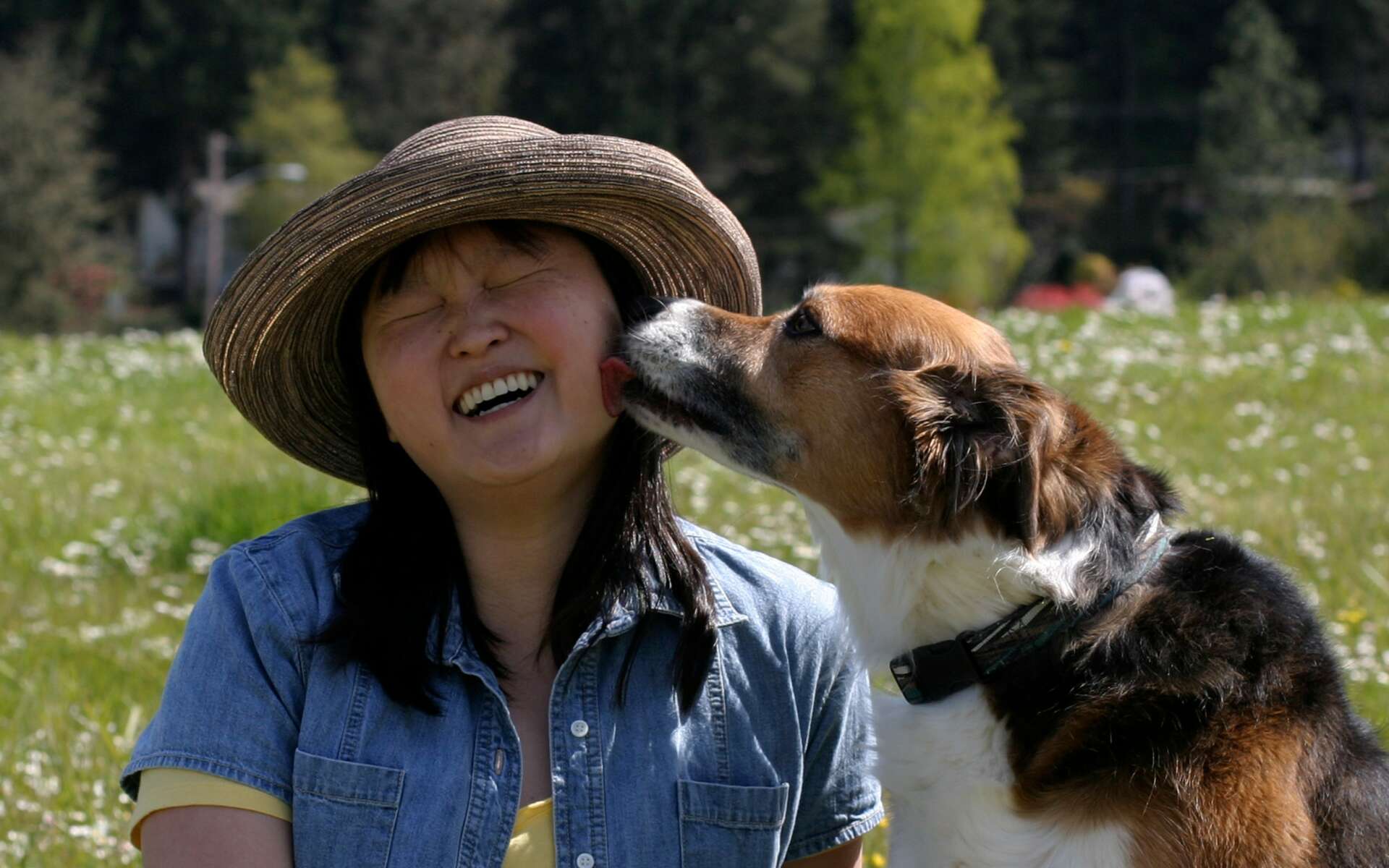Alright – so today we’ve got the honor of introducing you to Telani Lasoleille. We think you’ll enjoy our conversation, we’ve shared it below.
Telani, thanks for joining us, excited to have you contributing your stories and insights. We’d love to go back in time and hear the story of how you came up with the name of your brand?
Choosing a name for my company took a lot of thought and effort. I wanted a name that conveyed the spirit behind the relationship we wanted to cultivate between dogs and their guardians during training and throughout their lifetimes. Our goal is to communicate to our clients that training their dogs doesn’t have to be a struggle; it should be a cooperative effort between them and their dogs. We do not coerce dogs to perform for us; instead, we encourage them to willingly participate in the training process. To distill this philosophy into my company name, I chose The Cooperative Canine.
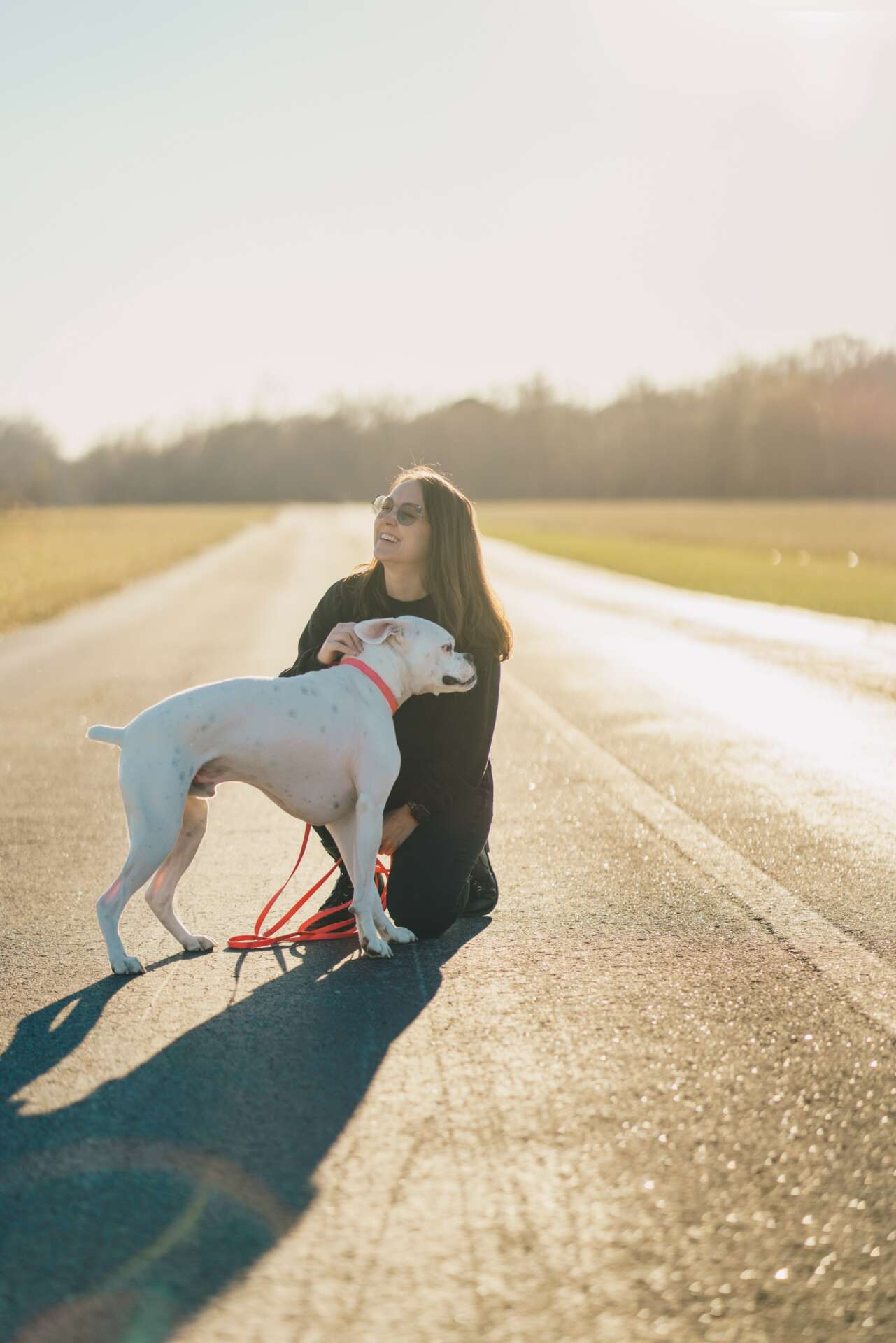
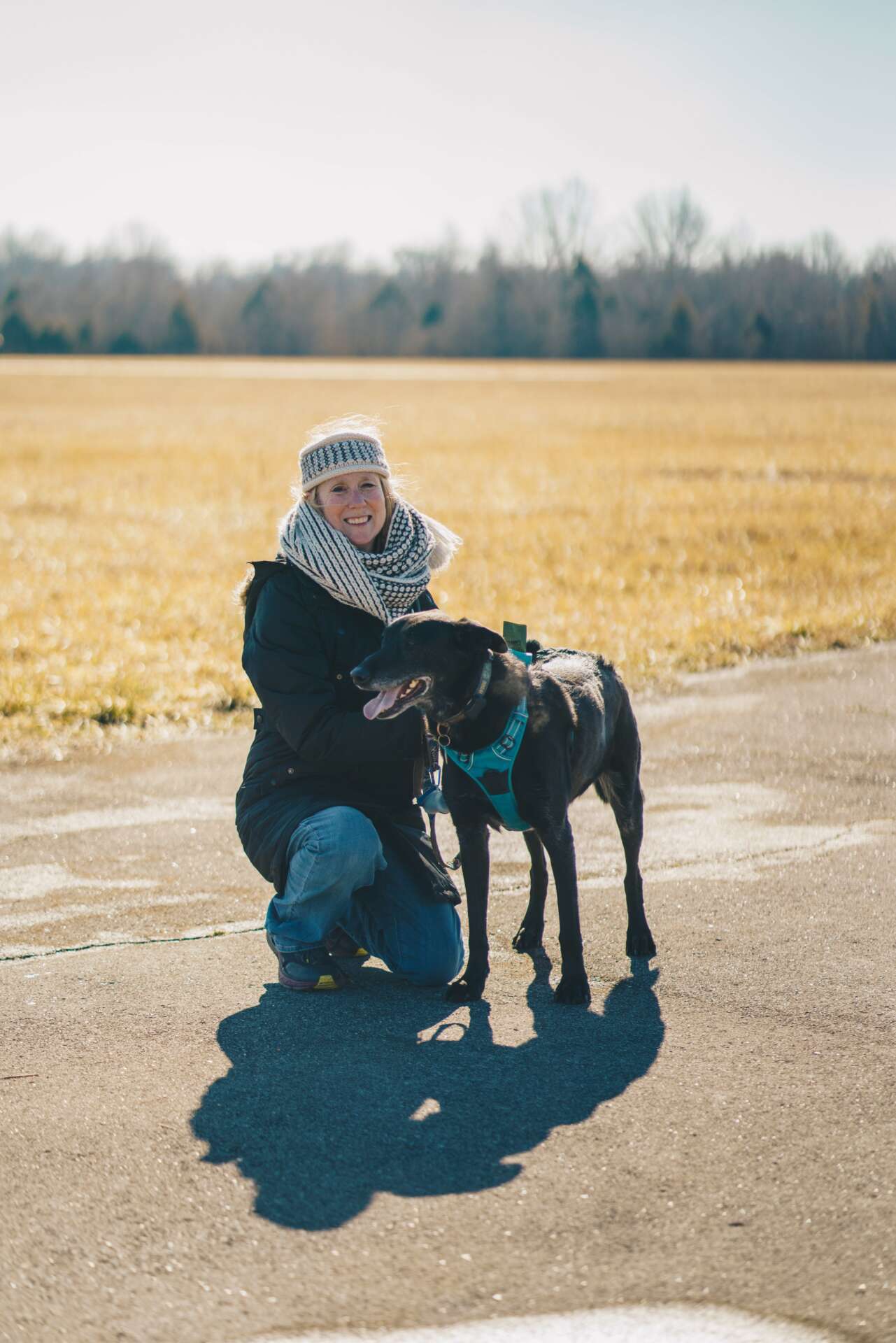
Telani, love having you share your insights with us. Before we ask you more questions, maybe you can take a moment to introduce yourself to our readers who might have missed our earlier conversations?
I began dog training in 2001 when I got my first dog. I attended a puppy class taught by an exceptional trainer. In 2001, there were still a lot of “traditional” trainers who used harsh, often abusive methods to train dogs. The dog trainer I was sent to was a force-free trainer, very rare at that time. Because I didn’t know much about raising a dog, I made some mistakes and she became a leash-reactive dog, barking and lunging at other dogs whenever she was on leash when she saw another dog. My dog trainer reached out to me and invited me to an exclusive reactive dog group which met every Saturday in a park to help our dogs reduce their lunging and barking at other dogs. We would also meet up at cafés to talk about dog training, and she taught me learning theory, behavior modification, dog body language, and other relevant subjects. She generously shared her knowledge without any charge. I soaked up the knowledge like a sponge. I was drawn into dog training, fascinated by the science and complexity of it.
After about a year, I moved away from my training mentor and found a job as a dog training assistant for another force-free trainer. At the time, I had three jobs, and after a short while, I had to quit the assistant position. At that time, I lacked the confidence to start my own business, so I got a traditional job and eventually went back to college, pursuing my Bachelor’s degree and ultimately my Master’s degree; however, I was dissatisfied with the industry I had chosen, so I turned back to dog training.
The main service I provide to my clients is dog training. I’m a Certified Professional Dog Trainer and Behavior Consultant. I have received my certificate of Applied Animal Behavior from the University of Washington and have my Fear Free Animal Trainer certification. I am also a Canine Good Citizen evaluator.
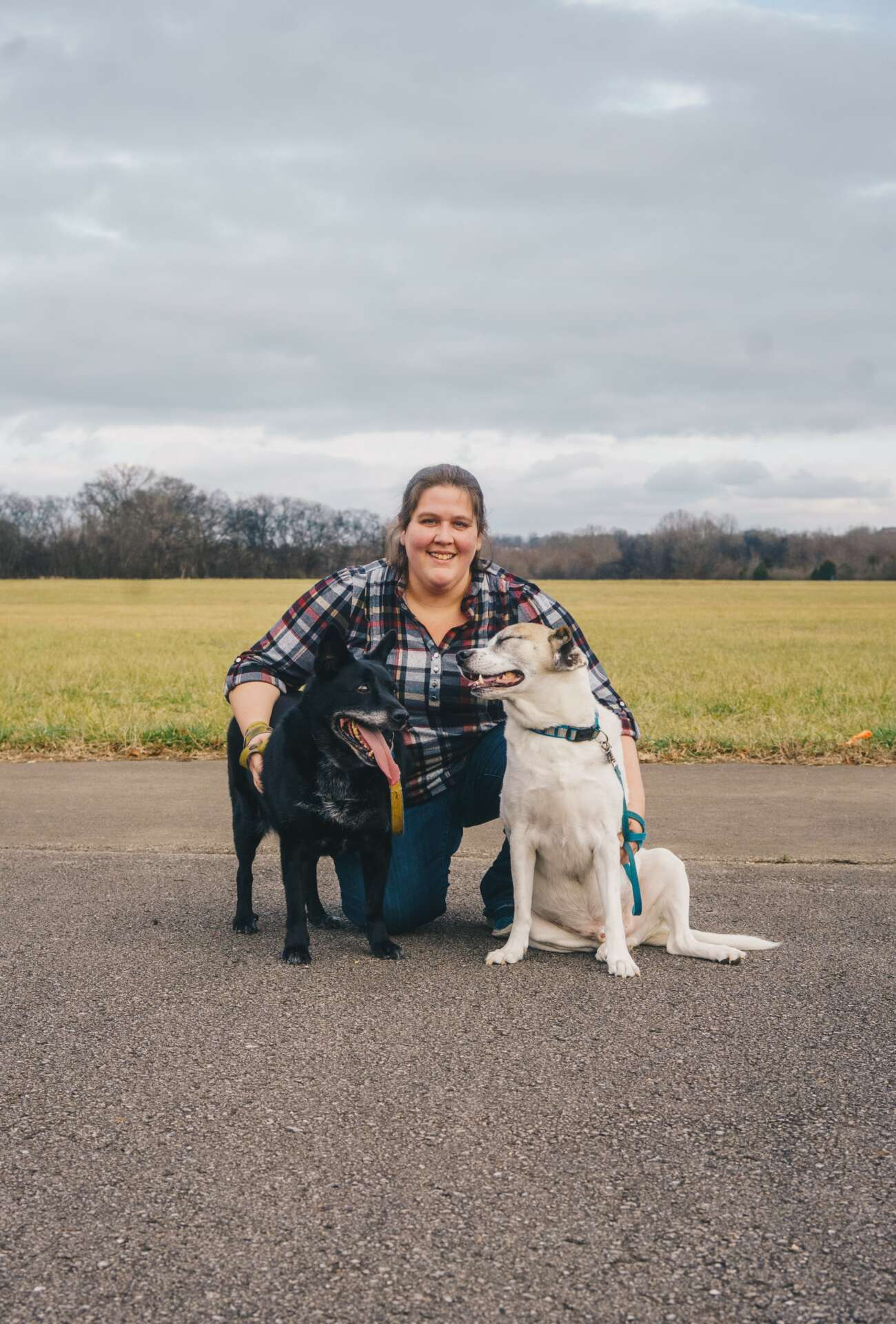
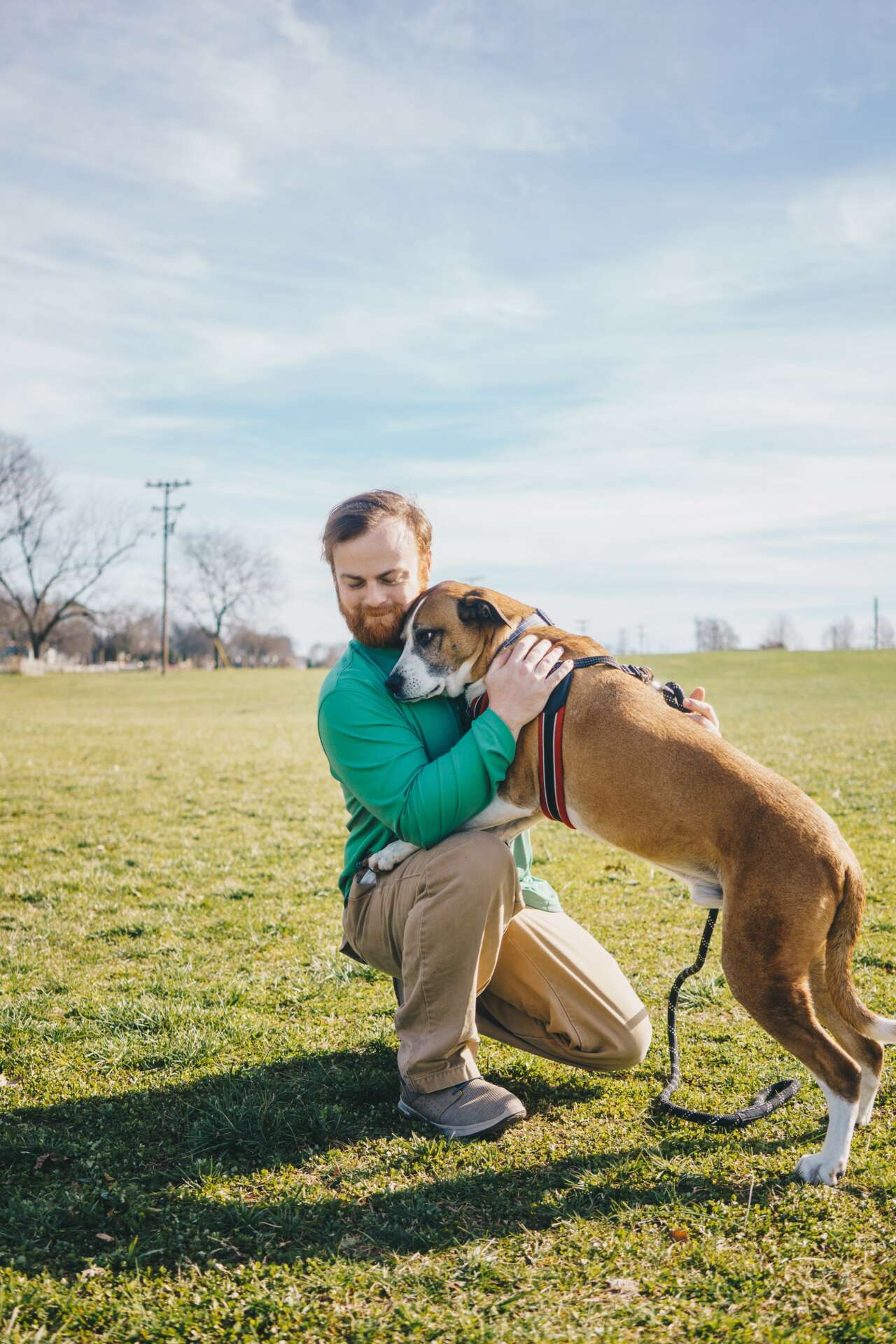
Can you share a story from your journey that illustrates your resilience?
Shortly after obtaining my Master’s degree, I fell into a deep depression. I had difficulty performing activities of daily living and caring for myself. This depression lasted for four years, during which time I was in and out of the hospital, had tried many anti-depressants, and attended group programs. I continued to be depressed, and I stopped trying medications and going to groups. The last year of my depression was the worst. I lay on a couch and couldn’t get up. Finally, I realized I had to do something or I was going to die on that couch. I reached out to a mental health provider and made an appointment. After establishing care there, they recommended pharmacogenetic testing to determine which medication would work best for me. I started on a new antidepressant based on the results from the testing, and finally found some relief from my depression.
Although I still struggled with some anxiety and panic attacks, I started looking for a job I could do. I knew that if I stayed at home all day long, I wasn’t going to improve. I forced myself to get out of the house and do things like go to the grocery store in the middle of the day when the store would be full of people. (Previously, I had only been able to make myself go at 3 am when there were few people, most of whom were employees stocking shelves.) I practiced going places that made me uncomfortable and talking to people casually. Every time I went out, it became easier.
Eventually, I found a post on the NextDoor app looking for someone to take over their dog walking clients. I contacted her and she agreed to meet with me. She agreed to transfer her clients to me. At first, meeting clients and walking dogs made me nervous. After a time, my anxiety and nervousness faded to a bearable level, and I worked on growing my clientele and expanding my services to pet sitting. Eventually, my working with dogs revived my interest in dog training, and while I maintained my dog walking and pet sitting business, I worked towards my first dog training certification and added dog training to my other dog care services.
How do you keep your team’s morale high?
Managing a team requires compassion and flexibility. It starts with paying a decent wage that shows you respect and value their contribution and skill. In my industry, my team members work on their own, independently, seeing me infrequently. As such, it is imperative that I make the effort to communicate with them regularly. I have implemented monthly team Zoom meetings where I can update them on the direction of the company and any changes being made. This is also an opportunity for them to relate to me any questions or concerns they have and to suggest any improvements they feel would help them. It gives them a voice and an opportunity to affect their working conditions. In addition, performance reviews are done quarterly instead of annually, so that if there are areas that need improvement, they can be addressed without waiting for a whole year to go by. It also allows the team member and me to set goals to keep them moving on self development. Goals with shorter deadlines are less easy to procrastinate on than those with longer timeframes. Between performance reviews, I meet with each team member in a one-on-one meeting to follow up on progress with meeting goals and to give the team member an opportunity to express needs that they may not have felt comfortable expressing during the monthly team meeting. It also gives me a chance to ask the team member how I can help them meet their goals if they are coming across roadblocks. Every living creature requires a feeling of control over their lives and their future. Giving team members a way to do this keeps morale very high.
I also provide generous time off. While we technically provide 4 weeks off per year, beginning after the initial 90-day probation, we are very flexible with the time off.
Contact Info:
- Website: https://www.thecooperativecanine.com/
- Instagram: https://www.instagram.com/the_cooperative_canine/
- Facebook: https://www.facebook.com/profile.php?id=100041923040823
Image Credits
Morgan Nagle


